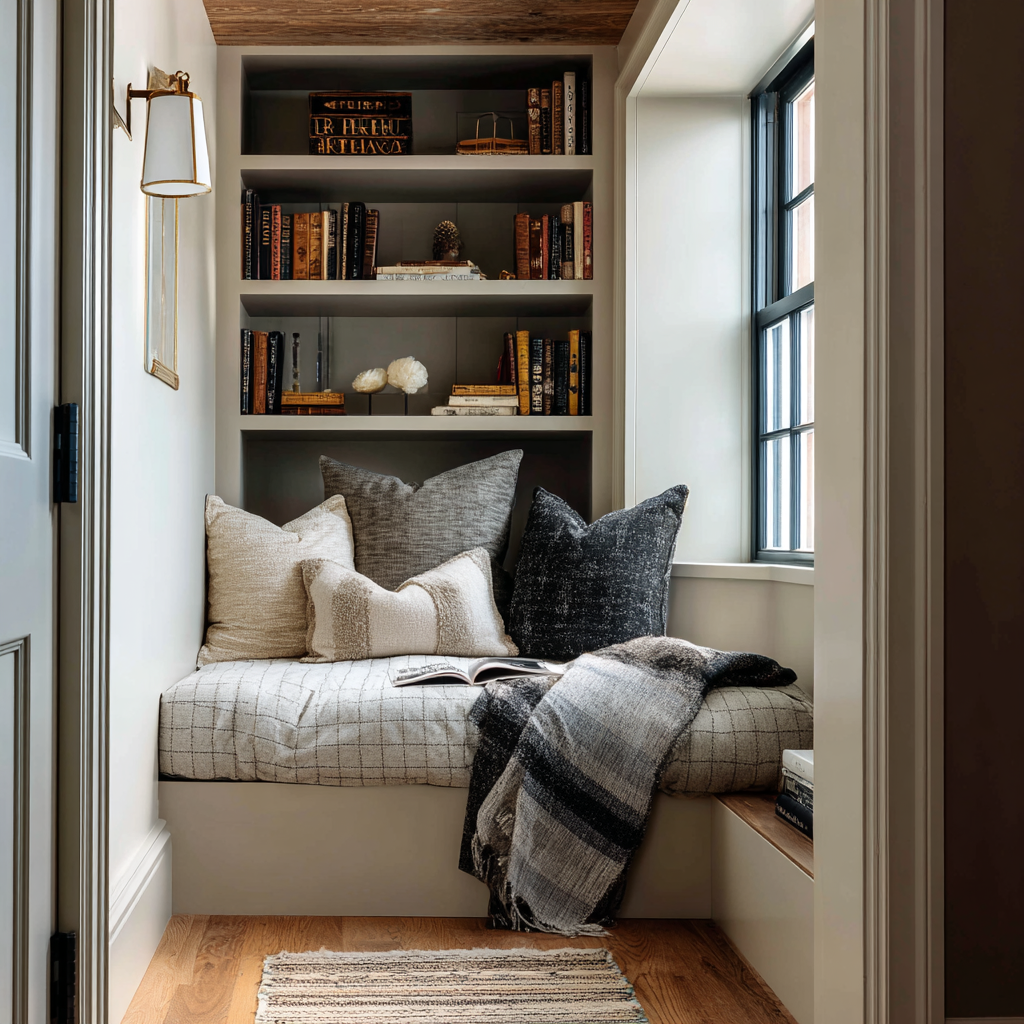Noise can turn even the most beautiful home into a source of stress. Whether it’s traffic, noisy neighbors or echoes bouncing off your walls, constant sound disrupts peace and focus. Luckily, there are practical ways to bring calm back into your space without sacrificing style.
1. Identify the Sources of Noise

Before tackling unwanted sound, it helps to pinpoint where it’s coming from. External noise often sneaks in from busy streets, loud neighbours or even weather-related rattles. Inside, everyday culprits like humming appliances, squeaky floorboards or echoing hallways can amplify the chaos.
A useful approach is to “listen like a detective,” taking note of when the noise happens and which rooms are most affected. Tracing sounds back to their source makes it much easier to choose the right fix, whether that’s sealing a window, softening a hard surface or upgrading old fixtures.
2. Add Sound-Absorbing Décor
One of the simplest ways to quiet a space is by letting décor do the heavy lifting. Soft materials absorb sound better, making a room feel calmer and more welcoming. Think thick curtains over windows, upholstered chairs or a well-placed fabric headboard in the bedroom.
Even bookshelves lined with novels or a gallery wall of framed art can reduce echoes. Stylish layers not only dampen noise but also bring warmth and personality to a space. By blending design and functionality, you can transform loud, echoing rooms into cozy, quiet retreats.
3. Rethink Flooring Choices

Floors do more than define a room’s style — they also play a major role in how sound travels. Hard surfaces like tile, wood, or laminate tend to echo footsteps and amplify noise. Adding rugs or carpets can help, especially in open-plan spaces where sound easily bounces around. For a more permanent solution, underlayment provides a hidden yet powerful layer of noise control. Products such as underlayment reduce sound transfer between levels and add comfort underfoot.
These products also assist in trapping heat. The higher the R-value on an underlayment product, the less heat transfer will happen. Even layering rugs in high-traffic areas or choosing plush textures can soften the acoustics and create a more peaceful atmosphere without sacrificing design.
4. Seal and Insulate Key Areas
Even the smallest gaps in a home can act like megaphones for outside noise. Spaces around doors, windows and vents often let sound in just as easily as they let air escape. Adding weatherstripping or acoustic seals is a quick, affordable fix that makes an immediate difference.
For a bigger impact, insulating walls and ceilings helps block both noise and drafts, creating a quieter and more energy-efficient home. Acoustic panels hidden behind drywall or displayed as decorative elements also work wonders. By targeting these weak spots, you can dramatically reduce the sound that sneaks in and reclaim your peace of mind.
5. Create Quiet Zones at Home

Not every room can be completely soundproof, but carving out intentional quiet zones can make daily life feel calmer. A reading nook layered with cushions and throws, a bedroom with heavy drapes, or even a workspace softened with a rug and wall hangings can all act as personal sanctuaries.
White noise machines or gentle background sounds like rainfall can also mask outside disturbances. By designating these pockets of calm, you can retreat from household clatter, even when the rest of the home is buzzing with activity.
Silence Is Golden
At the end of the day, a home should feel like a refuge, not a noise box. By layering these strategies, you can turn down the volume on daily distractions. The best part is these solutions also elevate the look and feel of your space. Because when style and serenity meet, the result is a home that speaks volumes quietly.
Jack Shaw is a Senior Writer and Editor at Modded. He’s from New York, NY, and has more than seven years of experience writing for the men’s lifestyle niche. Shaw has extensively covered home improvement projects and DIY tips, being featured in publications including Quartz, Realty Times and more.
